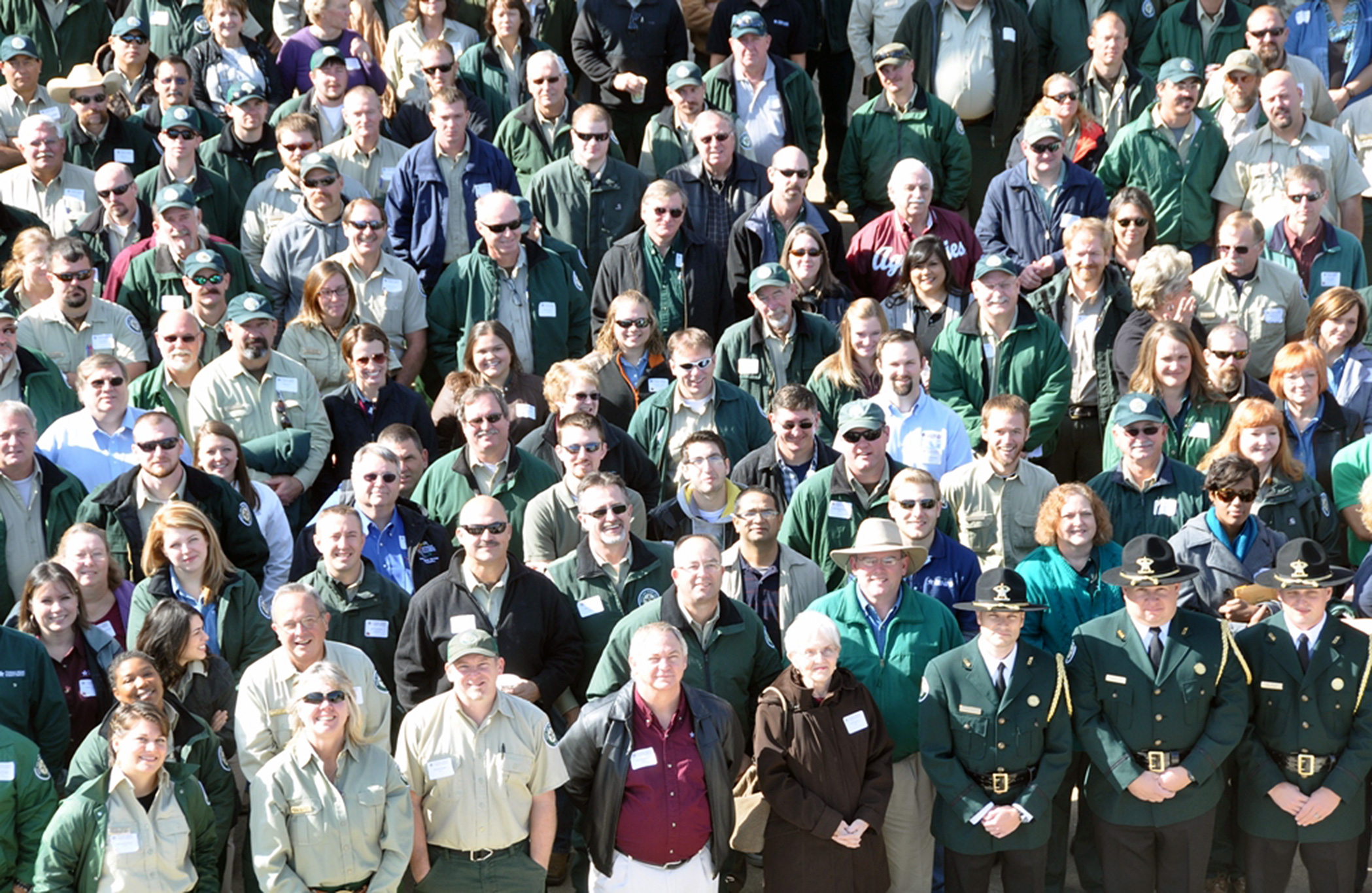

Sawmill operations like the large 4-C (Central Coal and Coke Company) mill in Ratcliff, the Thompson mills at Weirgate and Trinity, the Kirby mill at Silsbee, and the Southern Pine Lumber Company mill at Diboll developed into sizable towns, each with houses for the managers; unpainted, clapboard shanties for the workers; a commissary, church, and school; electricity; and other benefits. Sawmill worker populations were segregated by race and status. Black and white sections often had their own commissary, school, church and other segregated facilities.
Sawmill workers commonly didn’t stay long periods in one place, being classified in three categories: those working, those coming and those going to another mill. Typically, workers were paid in script - or coins only of value when spent at the company’s commissary. As did the coal miner in Tennessee Ernie Ford’s song “Sixteen Tons,” a sawmill worker often “owed his soul to the company store.”
Electricity was provided to the mill managers’ houses, but coal-oil lamps and handmade candles often provided the sole source of lighting in the shanties where the workers lived. Water was packed in from a nearby well or community spigot and meals were prepared on a wood stove. Children were responsible for daily chores, such as splitting and piling firewood for the family fireplace or stove. The daily diet was simple and hardy, but lacked in variety—salt pork or bacon, cornbread, molasses, rice or potatoes and foods fried in lard, all washed down with cheap coffee. The provisions were purchased at the company store. Meals were supplemented with fresh cabbage, beans, onions and corn the women raised in family garden plots, plus wild game when available. A port-a-potty—what shanty dwellers at the time descriptively called a “thunder pot” or “thunder mug”—offered a welcomed alternative to nightly visits to an outhouse often frequented by snakes and spiders.
For the sawmill worker, the mill’s steam whistle signaled when to go to work, when to break for lunch (called dinner) and when to quit for the day. A unique “corn-bread” whistle sounded daily prior to dinner to alert town-wandering wives it was time to return home to put cornbread in the oven. And a prolonged, eerie screech of the whistle alerted all to an emergency, such as a fire in the mill or injury, possibly death, of a worker. Logging trains also sounded an “injury whistle” to announce the arrival of an accident victim from the woods. This special sequence of whistle blasts from a train still a mile or two away alerted the mill doctor of an injured worker was on his way. Everyone in the mill town knew what the injury whistle meant and as Louise Rector of Fastrill remembered, “When the whistle would blow, it used to scare everybody, and we’d all run down there to see who it was, to make sure it wasn’t one of ours” (interview from Sitton and Conrad 1998).
At the turn of the twentieth century, the crowded living conditions in many sawmill towns, combined with the shallow household wells, nearby pit toilets, and screenless windows propped open with sticks, caused health problems. Around 1903, smallpox and typhoid became so bad at the Kirby mill town of Silsbee “the company doctor ordered wives to keep their children inside, lest they be infected by germs shaken from the pine coffins of disease victims wagoned through town on their way to the cemetery,” according to F. Raimer (1969).
Photos courtesy of Texas Forestry Museum and Stephen F. Austin State University
